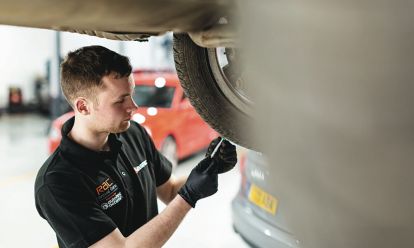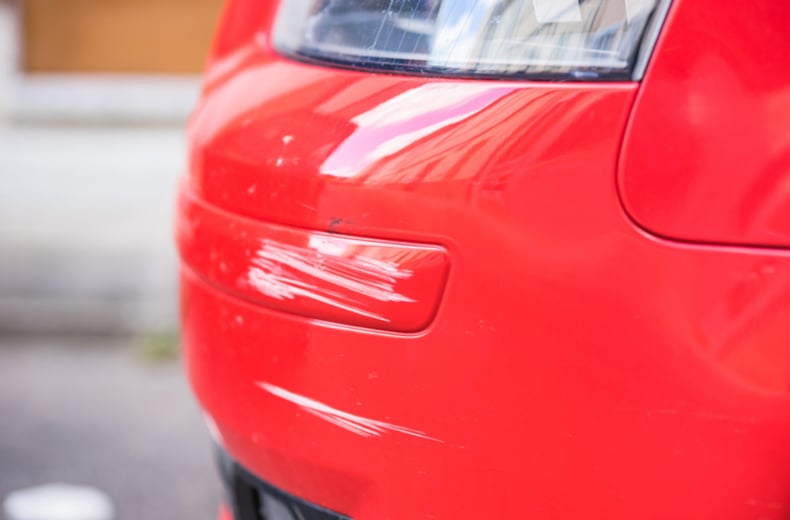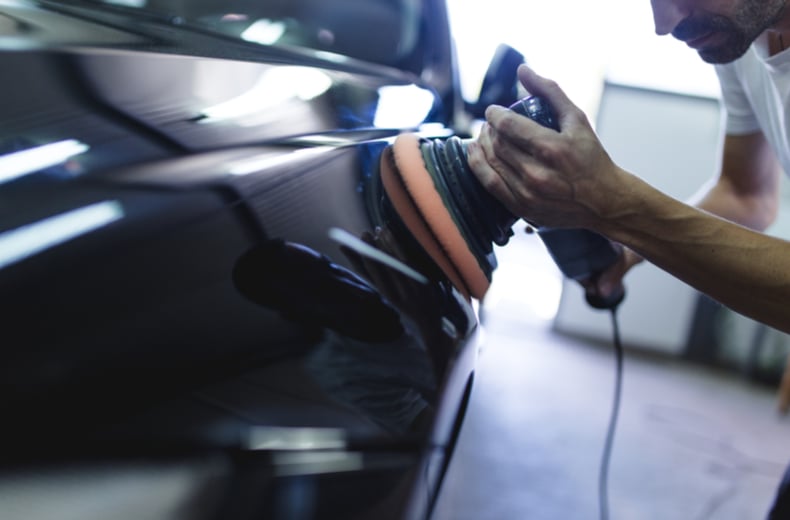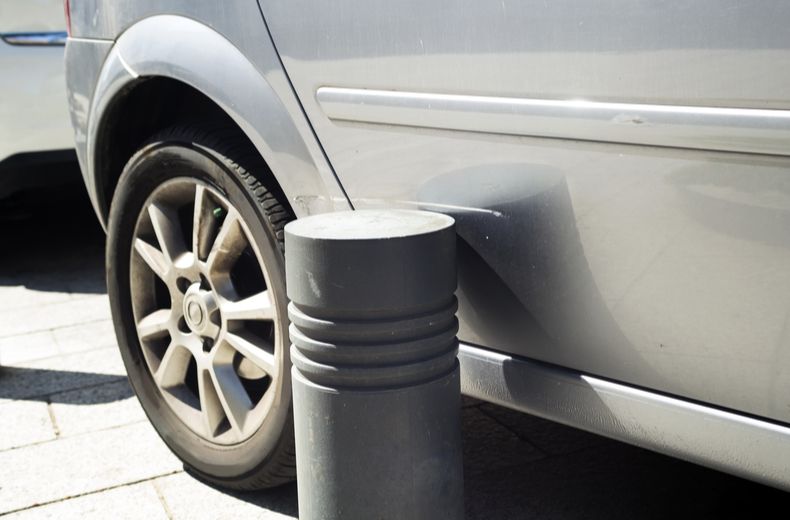It might seem like the odd scratch on your paintwork is simply an unavoidable part of modern driving, but that doesn’t make those unsightly scrapes any easier to stomach.
Can you fix it yourself or is it best left to a garage or mechanic? Here’s our ultimate how to guide on what to do if your car’s been scratched.
What should I do if my car’s been scratched?
If your paintwork’s been scraped or scratched, the chances are it’s been done accidentally, either by another motorist or from stones and gravel hitting your car while driving. Search for an RAC Approved Garage if you do need a repair. Alternatively, speak to a mobile mechanic.
If you suspect your car’s been deliberately vandalised, or it’s been more seriously damaged, you may want to file a police report and contact your insurance company to see if your policy covers vandalism.
If your car has been scratched following a collision with another vehicle then you may need to go through your car insurance to get the vehicle repaired.
Can I fix car scratches myself?
That depends on the scratch and how deep it goes into the paintwork. There are three layers of paintwork on your car: clear coat, base coat, primer and beneath these is the metal body panel.
For smaller surface scratches and scrapes, you might be able to fix at home with the help of either a scratch removal kit or similar tools.
If the scratch is deeper, or you’d rather entrust the job to the professionals, you might prefer to check your vehicle into a local garage. It might seem costly, but it could be the best way to help smooth out that scratch. Some mobile mechanics can even carry out the job on your driveway or from your place of work.
Service, repair or MOT?
You can trust the RAC with our local approved garages and NEW mobile mechanics.


How do I use a scratch remover?

If the scratch is deeper than the clear coat and has gone onto the base coat, you might prefer to leave the toothpaste in the bathroom and use a dedicated scratch removal product, instead.
If you want to try using a scratch removal product, follow these steps:
- First, wash and dry the affected area to ensure you don’t end up rubbing any debris or dirt into the scratch and making it worse. Use warm soapy water and then rinse down before drying with a clean, dry cloth.
- Before applying any scratch removal agent, you should also read the manufacturer’s guidelines and check if any buffing tool or pad is sold with the agent to use on your paintwork.
- Usually, you would apply around a 2p’s worth of product to the buffing pad and ensure that the product is evenly distributed around the pad to ensure even application.
- Next, rub the product into the affected area using a circular motion, making sure you don’t change direction, to ensure an even covering.
- Once you’ve finished, it’s important you don’t allow any excess product to dry on the car in case it affects the paintwork, so clean any product away with a clean microfibre cloth.
Before repeating the process, read the manufacturer’s instructions to ensure you don’t over-apply and end up unwittingly damaging your paintwork.
How do I repair a deeper scratch?
If the scratch on your car is more severe and has gone deeper than the clear or base coat and into the primer or metal body panel, you may want to consider taking your vehicle into a local mechanic and letting the professionals do the job.
To help you find a mechanic you can trust, the RAC Approved Garage Network only includes garages that provide quality work and exceptional customer service, giving you peace of mind if your car needs attention.
How much does it cost to repair a scratch on my car?

That obviously depends on the severity of the scratch and how you want to deal with it. Using toothpaste to repair a minor scratch will only set you back a couple of pounds, while a scratch removal agent will cost slightly more.
More severe, deeper scratches will likely cost a fair bit more, but could be well worth it if you want your motor looking good as new in no time.
Will my insurance pay for scratches on my car?
This depends on your policy, although the excess on many policies would be more than paying for the work yourself, meaning that making a claim is pointless.
Some insurers offer a separate scratch and dent product which allows you to get minor dents and scrapes fixed without claiming on your main policy, usually in the comfort of your own driveway.
If your MOT is due or if you would like to book your vehicle in for a full car service, you can book online with your local RAC Approved Garage today.
Tips for removing scratches on your car
Remember that if you are not confident in doing the work, speak to a mechanic or local garage. However, if you want to repair the scratches on your car, take this advice:
- Always work in a shaded area to avoid the product drying too quickly.
- Test the product in a small, inconspicuous area before applying it to the entire scratch.
- Use soft microfiber cloths to avoid causing new scratches.
You might need to get your car repainted or use touch-up paint to fill in the scratch.
Many automotive shops sell touch-up paint that matches your car's color. This is usually a more permanent fix but may require some finesse to blend it in properly.
READ MORE: The pros and cons of Paint Protection Film (PPF) for your car

Cheaper than AA or we’ll beat by 20%^
• Roadside cover from £5.49 a month*
• We get to most breakdowns in 60 mins or less
• Our patrols fix 4/5 breakdowns on the spot

FAQs
Can toothpaste remove scratches from car?
If your fingernails do not catch then the scratch is in the clear coat of paintwork and toothpaste may be able to help. Whitening toothpaste works best but any brand will do the job. You will neeed to rub the toothpaste into the scratch and then rinse the area thoroughly with soapy water to make sure you remove any excess toothpaste and then dry with a dry microfibre cloth. If the scratches remain, repeat the process up to two more times, being sure to rinse and dry between applications to check your progress. Don’t repeat more than twice to avoid any lasting damage to your paintwork.
Can WD-40 remove scratches on car?
WD-40 can be used to remove scratches on cars, but it should not be used as a primary scratch remover. WD-40 helps to dissolve the top layer of paint, allowing the underlying paint to be exposed. This can help to reduce the visibility of scratches, but it is not an effective solution for deep scratches.
Therefore, for light scratches, you can use WD-40 to help reduce the visibility of the scratch. Simply spray the WD-40 onto the scratched area and use a soft, clean cloth to buff it in circles. You should then use a wax or polish to protect the area and help the paint blend in with the rest of the car.
Car troubles?
Book a diagnostic test with us today. RAC Mobile Mechanics will check your car for faults, talk you through any repairs you might need, and give you a report for your records.












